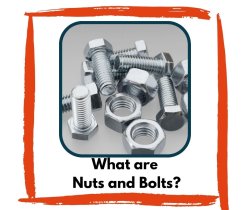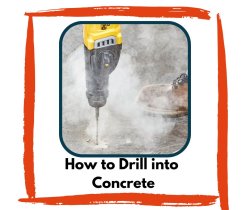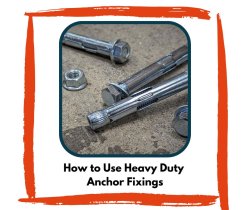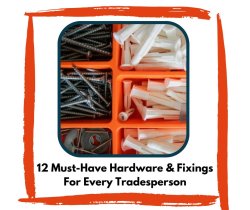What are Nuts and Bolts?

What are nuts and bolts?
What are nuts and bolts? To begin with simple definitions, nuts are internally threaded, thick-edged fasteners. They're usually hexagonal in shape and designed to tighten or assemble with at least, but not limited to, two components. They coordinate with bolts,which are externally threaded shafts of varying lengths and thicknesses. This is because the six sides make it easy to turn. It only takes a one-sixth turn for the nut to reach the next flat parallel. A nut with fewer sides takes more time to install. Other shapes are available for specific needs and applications.
Fixings Failures & How to Avoid Them

Fixings Failures and How to Avoid Them
When fixings fail, they don’t just waste time - they cost money and can damage your reputation if you are a business or a tradesperson.
Whether you’re working on site or handling DIY at home, understanding why certain fixings go wrong (and how to prevent it) can save you a lot of hassle. Below, we break down five of the most common fixing failures and give you our expert tips to make sure your installations stay strong and secure.
How to Drill into Concrete

How to Drill into Concrete
Drilling into concrete can be a daunting task for many DIY enthusiasts, especially if you’re more familiar with working on wood or plasterboard. Concrete is one of the toughest and most unforgiving materials you’ll encounter in home improvement, which is why you need the right tools, knowledge, and technique before you even attempt to drill.
Whether you're hanging heavy shelves, securing a bracket, or mounting an outdoor fixture, learning how to drill into concrete properly is essential to achieving a long-lasting and safe result.
In this complete guide, we’ll break down everything you need to know to tackle the task confidently, including how to select the right bolting tools, what screws or bolts to use, how to drill accurately and safely, and how it compares to working with other common materials.
How to Use Heavy Duty Anchor Fixings

How to Use Heavy Duty Anchor Fixings
Whether you're fitting steel beams on a commercial job site or mounting a pergola in your back garden, anchor fixings are one of the most reliable ways to secure heavy loads to solid materials like concrete, brick, or stone.
They're a staple in construction, engineering, and advanced DIY projects—and using them correctly is crucial for safety, durability, and long-term performance.
In this comprehensive guide, we’ll explore what anchor fixings are, when and how to use heavy-duty anchor fixings, and what extra considerations you should take into account when working on structural or machinery-based installations.
12 Must Have Hardware & Fixings for Every Tradesperson

12 Must-Have Hardware & Fixings for Every Tradesperson
Whether you're a professional or just starting out in the trade, having the right hardware and fixings at your fingertips can make all the difference between a job well done and a frustrating delay.
From carpenters and electricians to plumbers and general builders, there are certain essential fixings that no tradesperson should be without.
Here’s our comprehensive list of must-have tools and fixings that should be in every toolkit, van, or on-site box. These are the go-to items that keep projects moving and customers happy.






